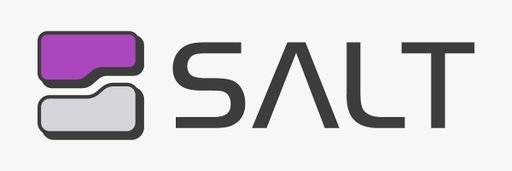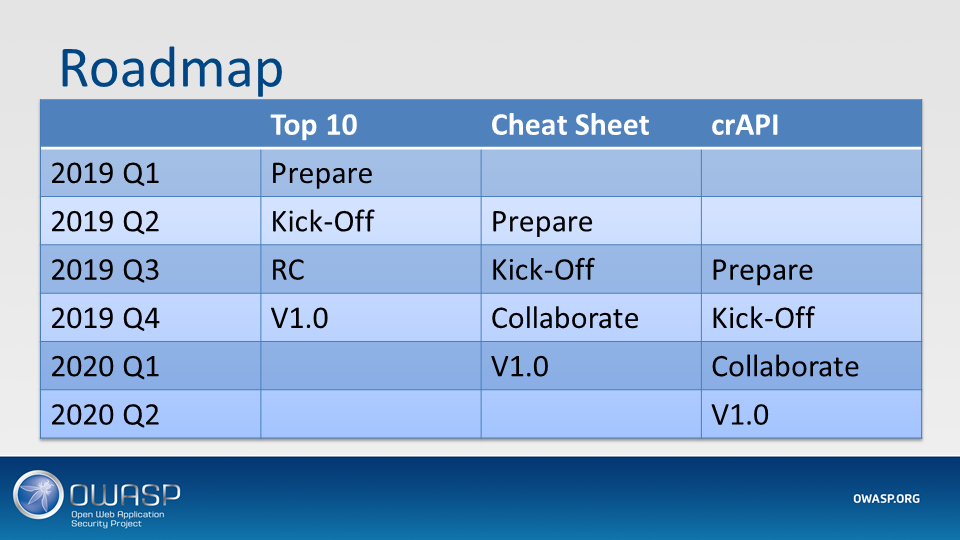This site is the archived OWASP Foundation Wiki and is no longer accepting Account Requests.
To view the new OWASP Foundation website, please visit https://owasp.org
Difference between revisions of "OWASP API Security Project"
From OWASP
PauloASilva (talk | contribs) (change numbering scheme) |
(Tag: Visual edit) |
||
| Line 24: | Line 24: | ||
| API2 || Broken Authentication || Authentication mechanisms are often implemented incorrectly, allowing attackers to compromise authentication tokens or to exploit implementation flaws to assume other user's identities temporarily or permanently. Compromising system's ability to identify the client/user, compromises API security overall. | | API2 || Broken Authentication || Authentication mechanisms are often implemented incorrectly, allowing attackers to compromise authentication tokens or to exploit implementation flaws to assume other user's identities temporarily or permanently. Compromising system's ability to identify the client/user, compromises API security overall. | ||
|- | |- | ||
| − | | API3 || Excessive Data Exposure || Looking forward to generic implementations, developers tend to expose all object properties without considering their individual sensitivity, relying on clients to perform the data filtering before displaying it to the user | + | | API3 || Excessive Data Exposure || Looking forward to generic implementations, developers tend to expose all object properties without considering their individual sensitivity, relying on clients to perform the data filtering before displaying it to the user. |
|- | |- | ||
| API4 || Lack of Resources & Rate Limiting || Quite often, APIs do not impose any restrictions on the size or number of resources that can be requested by the client/user. Not only can this impact the API server performance, leading to Denial of Service (DoS), but also leaves the door open to authentication flaws such as brute force. | | API4 || Lack of Resources & Rate Limiting || Quite often, APIs do not impose any restrictions on the size or number of resources that can be requested by the client/user. Not only can this impact the API server performance, leading to Denial of Service (DoS), but also leaves the door open to authentication flaws such as brute force. | ||






